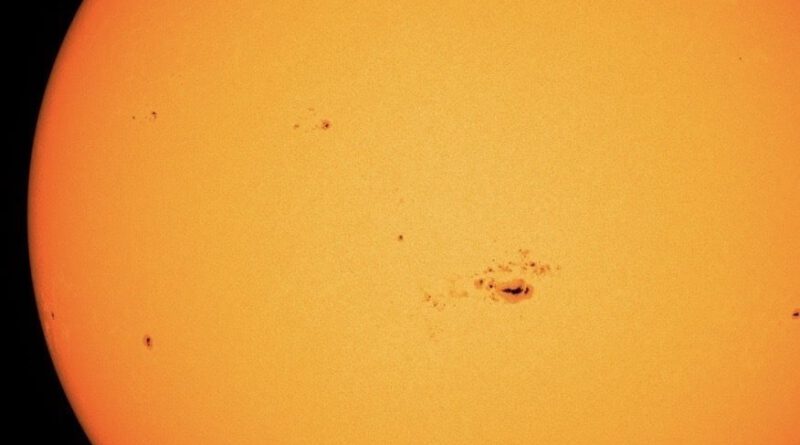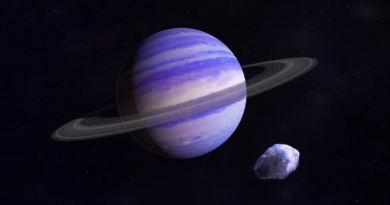The sun has enormous spots right now. You might be able to see them.
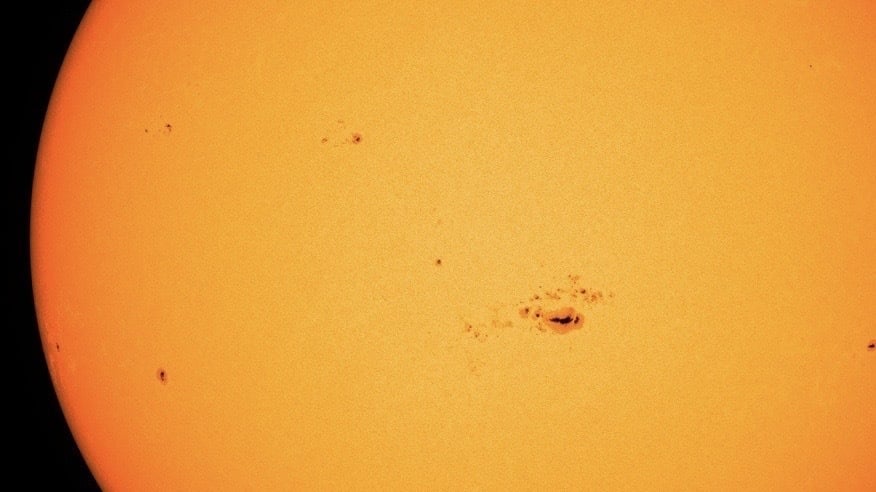
NASA scientists studying the sun have detected an enormous group of darkened patches in the middle of the star that are visible from 92 million miles away on Earth.
The splotches, known as sunspots, may look like mere specks on the solar surface from here, but they can actually be the size of whole planets, with strong magnetic fields — thousands of times stronger than the Earth’s magnetic field. The spots appear dark because they’re much cooler than surrounding parts of the sun.
“If you have eclipse glasses and good vision, you might be able to see it without magnification,” the U.S. space agency said on X, formerly known as Twitter. NASA then promptly reminded people never to look directly at the sun without the correct solar filters.
Many followers commented they were able to see the new sunspot group, which generally can last for days or weeks before disappearing. NASA’s Solar Dynamics Observatory has been tracking the cluster, with real-time images of the sun.
Similar to storm seasons on Earth, the sun experiences a weather pattern that repeats every 11 years. At the beginning and end of the cycle, that activity is at its calmest. But solar activity ramps up, peaking in the middle of the cycle, causing the sun to roil with giant eruptions.
Right now that cycle is about to peak, close to reaching its maximum point in mid-2025. That’s why reports of solar flares and coronal mass ejections — plasma spewed from the sun’s outer atmosphere, called the corona — are more abundant in the news. Millions of Americans will have the rare opportunity to see this feistier version of the corona with the naked eye for a few minutes during the upcoming total solar eclipse on April 8.
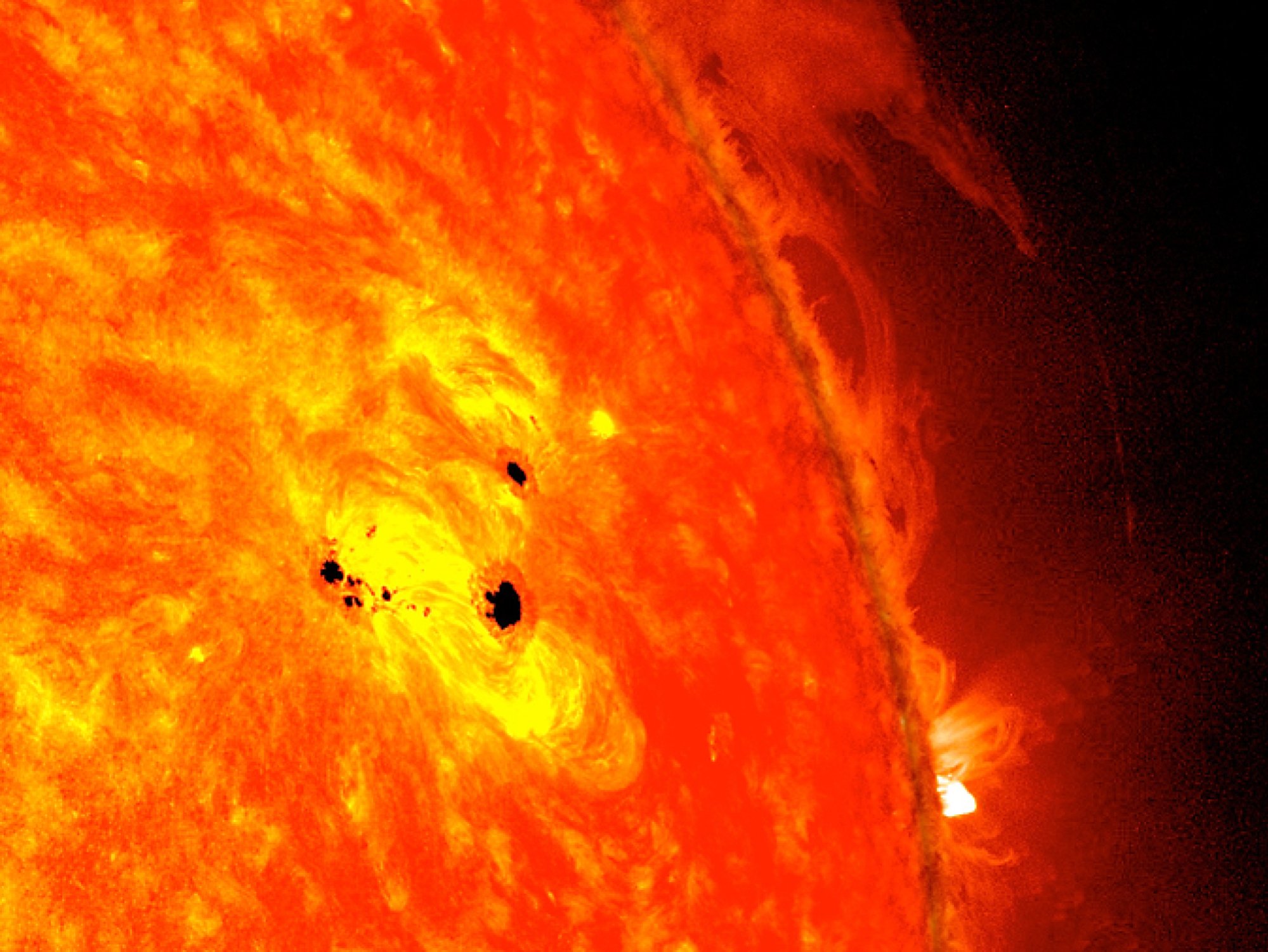
“It’s the space equivalent of hurricane season. We’re coming into another one,” Mark Miesch, a scientist with the National Oceanic and Atmospheric Administration’s Space Weather Prediction Center, previously told Mashable.
Sunspots form in areas on the sun where magnetic fields are particularly strong. The magnetic field lines near sunspots often get tangled. That can cause a sudden explosion in the form of a solar flare, which releases a torrent of radiation into space, soaring toward Earth.
Solar scientists have a limited ability to predict “space weather” events but are studying the sun to get a better understanding of violent solar eruptions and how they impact Earth. Earth’s strong, vast magnetic field and the atmosphere work to protect humans from being harmed by its effects. The field, produced by charged molten iron churning in the planet’s core, keeps most of the charged solar gasses flowing off the sun away — “just like an umbrella works in a rainstorm,” according to NASA.

But space weather events can have consequences for life on Earth in other ways, such as disruptions of power grids, telecommunications, and GPS systems. These events are rare, but a solar flare in March 1989 caused all of Quebec, Canada, to experience a 12-hour power outage. It also jammed radio signals for Radio Free Europe.
If you plan on trying to see sunspots, make sure you have reputable solar eclipse glasses on.
“It’s the space equivalent of hurricane season.”
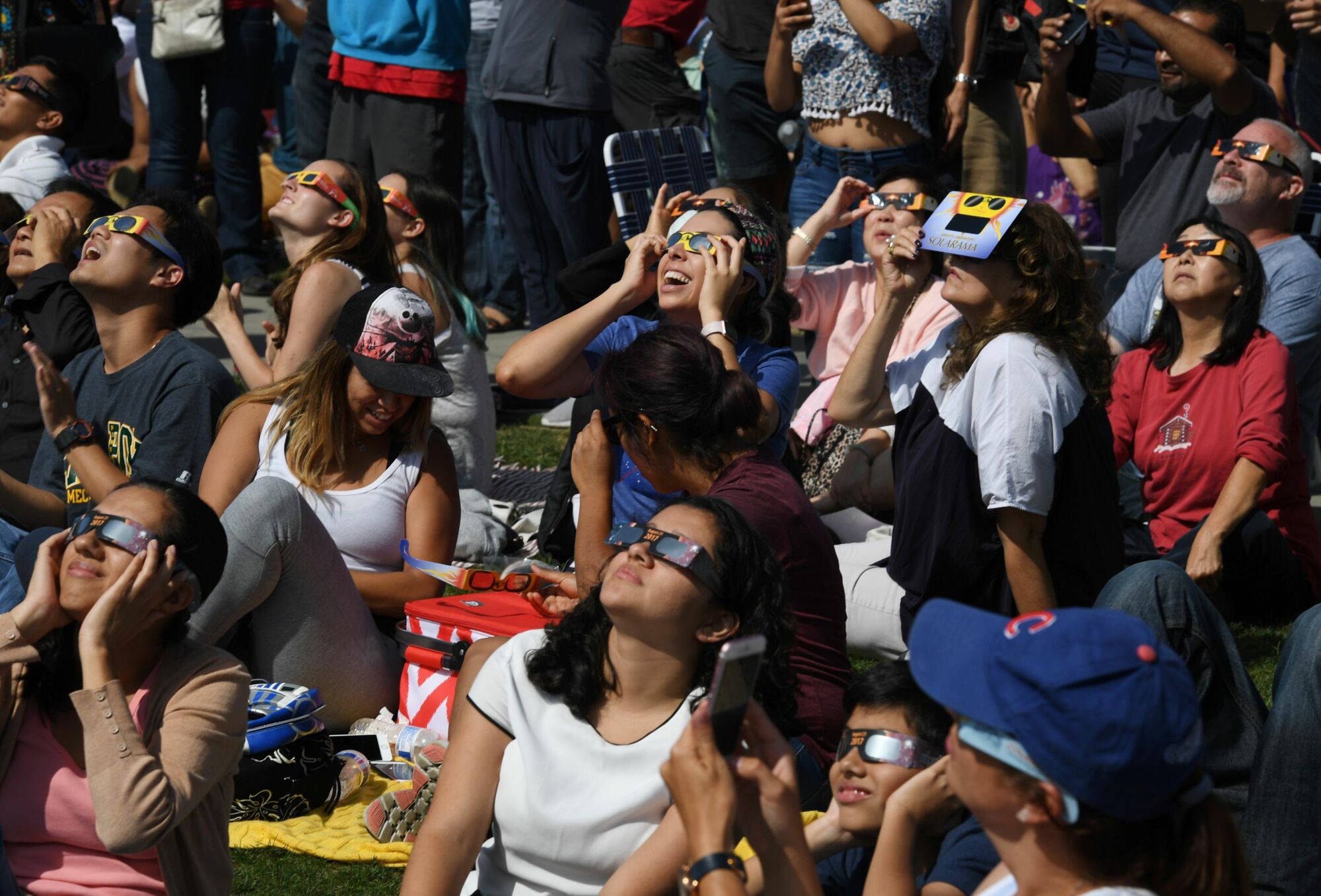
Without special protective eyeglasses, the retinas start to absorb the light that’s coming in from the sun. Once those light receptors are flooded, the overrun passes the retina and instead gets absorbed by the dark pigment lining the eyeballs. That’s when the cells start to suffer chemical attacks, said Dr. Ralph Chou, a retired optometrist and one of the world’s leading experts on solar eclipse filters.
“The big danger about that is that when the pigment absorbs the excess radiation, it turns it into heat and raises the temperature inside the cells to the point where you actually start cooking the tissue,” he said. “That leaves you with a permanent scar at that point that cannot be repaired.”
